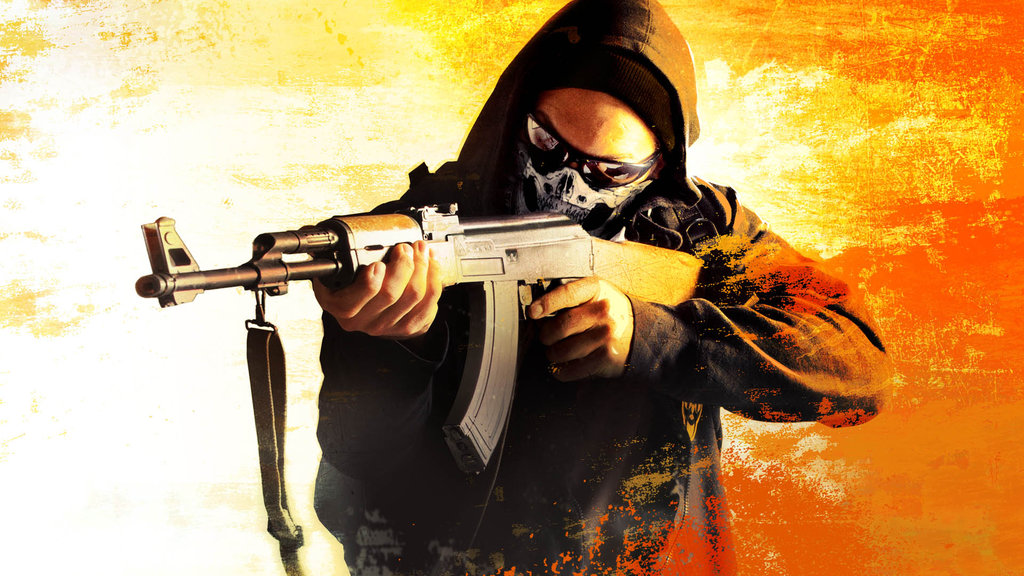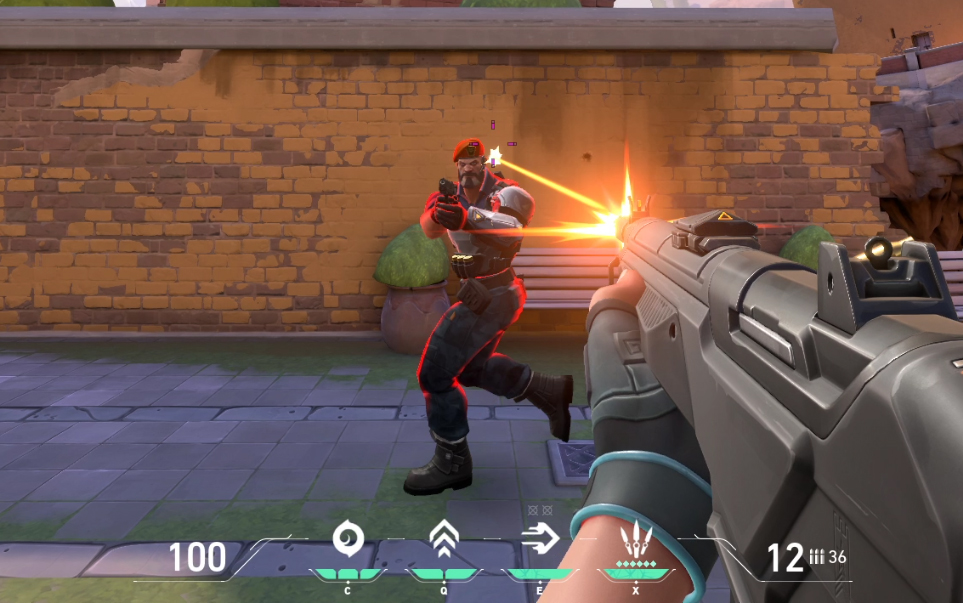Counter-Strike: Global Offensive and Valorant move closer with every patch
Riot took a lot from Valve's example, and both games are quietly influencing the others' future.

Something funny's been going on recently in Counter-Strike: Global Offensive, and I'm not just talking about my sick AWP ace on Overpass last night. Around a month ago Valve released a CS:GO patch that removed bots from competitive play, an attempt to address the perennial problem of toxic teams kicking underperforming players. The timing was interesting because the issue was so longstanding: why make this change now?
The speculative answer would be Riot's Valorant, CS:GO's most serious competitor in years, in which leavers are not replaced with bots, though the unfortunate team does get a cash boost. The CS:GO update that removed competitive bots did not include the cash compensation for a lost teammate, but this was then quickly added on 27 January in a patch:
"In Competitive and Wingman, if your team has fewer players than the opposing team for 3 or more consecutive rounds in the half, each of your team members will receive a $1000 ‘Shorthanded Loser Income’ following a round loss. This does not apply in cases where a player was kicked."
This went some way to reimbursing the team down a player, but the fact it only applied after round losses undercuts the intended effect. In its latest patch, CS:GO's compensation has now been further brought in-line with Valorant's implementation: "Short-handed income is now given after every round regardless of a win or loss."
It's far from the first change that Valorant's competition has inspired in CS: GO, whether on the macro scale of Operation Broken Fang (the most in-depth and rewarding battle pass the game has had yet, in my opinion), or micro things like CS: GO silently nicking the best bit of Valorant's excellent buy menu (being able to donate without dropping your primary).

But as the great behemoth that is Counter-Strike rolls on, Valorant has also taken steps to bring one of its most core elements, shooting with rifles, more in-line with the Counter-Strike philosophy. Valorant patch 2.02 was released earlier this week and, alongside a host of truly hideous skins called the Glitchpop collection, it increased the aim penalties for shooting while moving.
"We've significantly increased the amount of error that all Rifles get when moving and shooting to help combat the sensation of running kills with rifles," read the patch notes. "These changes will make kills while moving with rifles more rare, especially at longer ranges—but still possible up close. We'll be monitoring this closely and will continue to fine-tune as necessary."
Keep up to date with the most important stories and the best deals, as picked by the PC Gamer team.
The exact values are:
- Running Error across rifles increased 3.75 >>> 5.0
- Walking Error across rifles increased .8 >>> 1.1
- Crouch-moving Error across rifles increased .3 >>> .8
I would never have described Valorant as a run-and-gunner, but the slightly lesser penalties for shooting while moving have always been a reason why some players continue to prefer Counter-Strike's less-forgiving gunplay. In that game even the tiniest movement will throw off your shots at range and, above a certain rank, shooting while moving mostly just gets you killed. You still get the odd jumping glock headshot in pro games, of course you do, but the principle underpins almost everything else about how Counter-Strike plays.
These are still very different games, and doubtless Valorant will continue to tweak with these values over time, but it's notable that Riot feels this is a necessary change. Notable, too, that as Valorant moves ever-closer to its inspiration, its inspiration is looking right back.

Rich is a games journalist with 15 years' experience, beginning his career on Edge magazine before working for a wide range of outlets, including Ars Technica, Eurogamer, GamesRadar+, Gamespot, the Guardian, IGN, the New Statesman, Polygon, and Vice. He was the editor of Kotaku UK, the UK arm of Kotaku, for three years before joining PC Gamer. He is the author of a Brief History of Video Games, a full history of the medium, which the Midwest Book Review described as "[a] must-read for serious minded game historians and curious video game connoisseurs alike."

